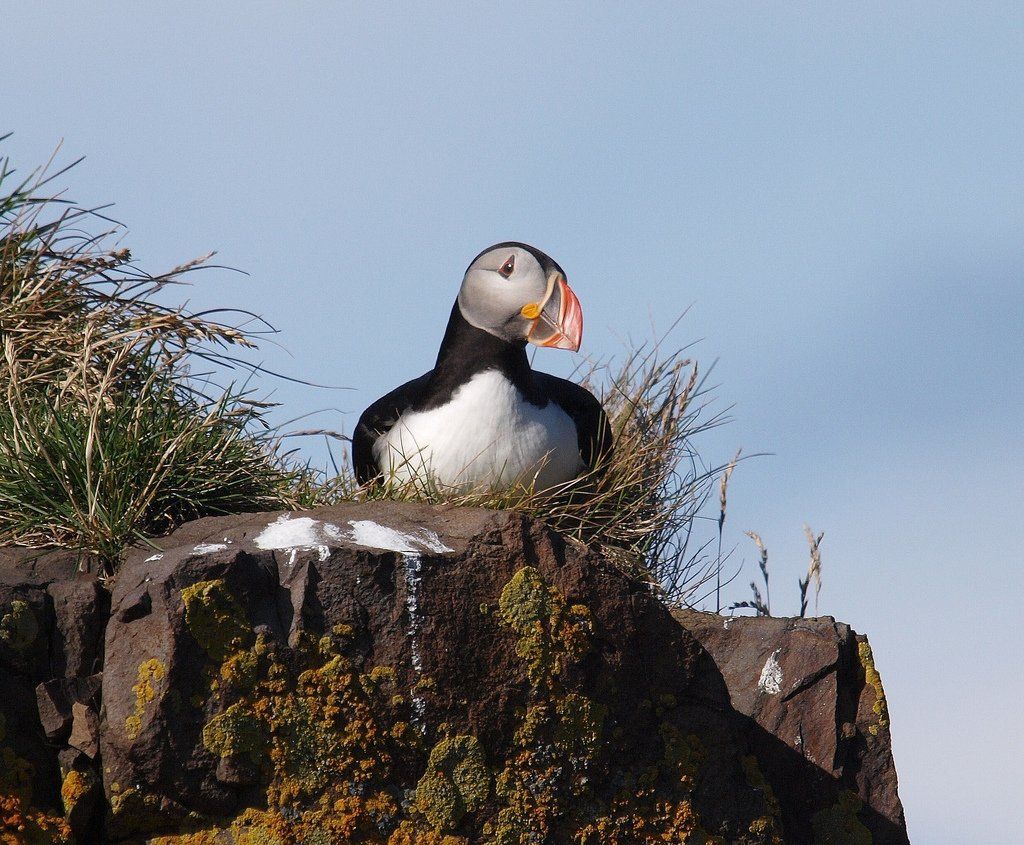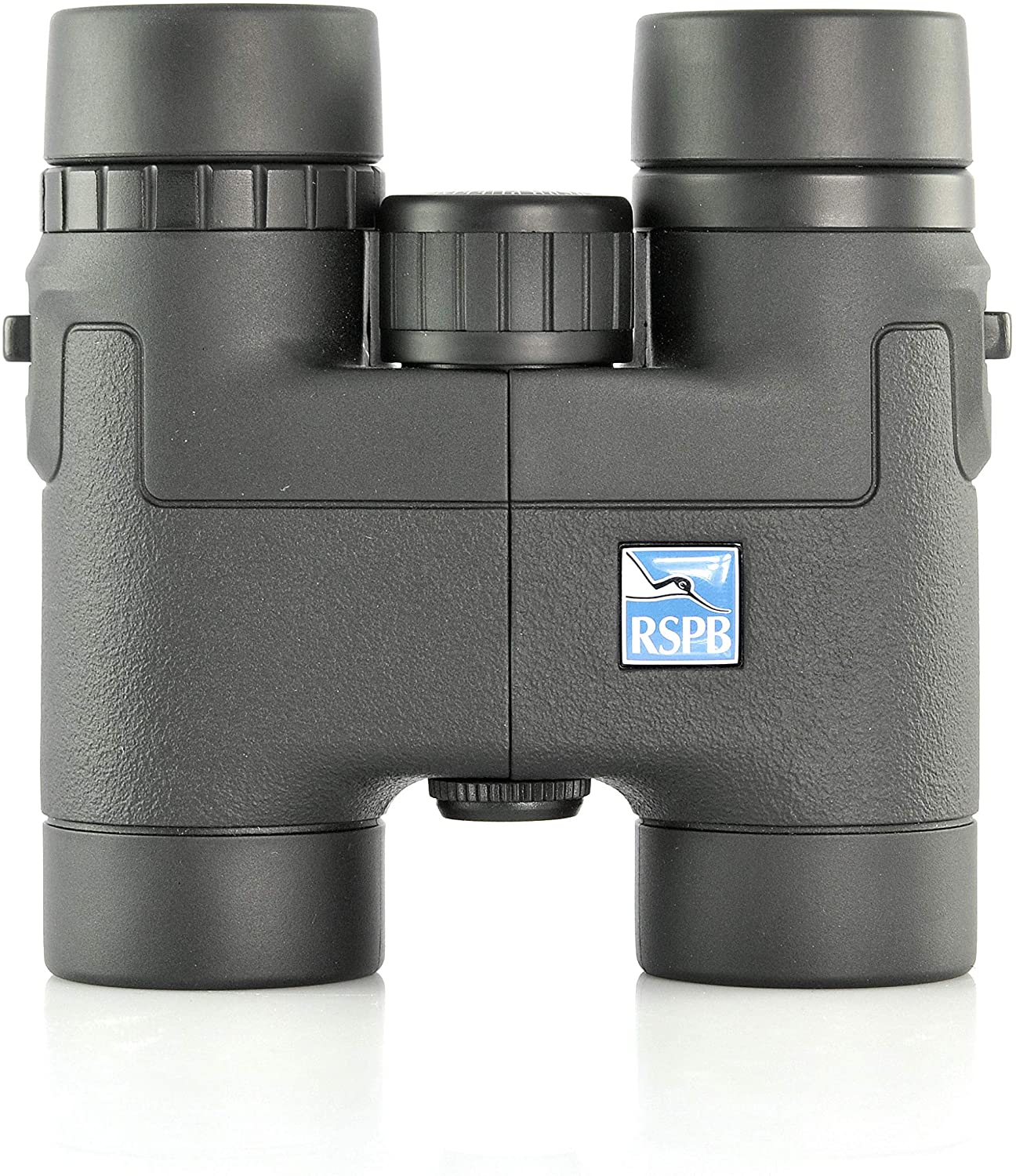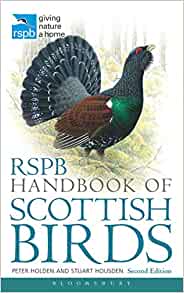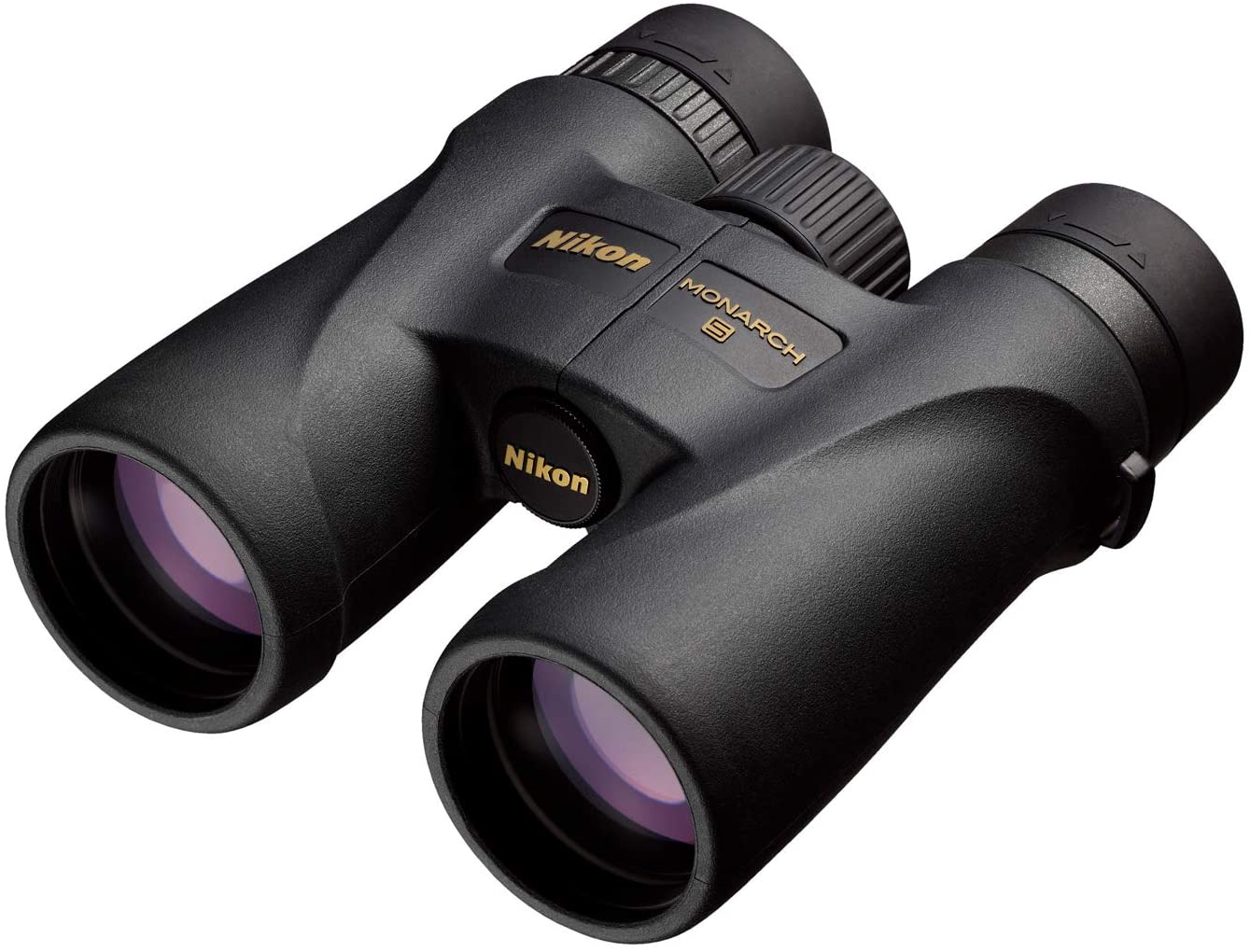The Isle of May is located in the north of the outer Firth of Forth, approximately 8 km (5.0 mi) off the coast of mainland Scotland. It is about 1.5 kilometres (0.9 miles) long and 0.5 kilometres (0.3 miles) wide. The island is owned and managed by NatureScot as a national nature reserve. The island can be visited by boat trips from nearby Anstruther on the Fife coast. (see links and video below).
Although only around 57 hectares in size, over 285 bird species have been recorded on the island. The island is free from predators such as foxes and rats, and thus provides a safe breeding site compared to the mainland. At the height of the breeding season the Isle of May can host around 200,000 seabirds, including puffins, black-legged kittiwakes, razorbills, guillemots, shags, fulmars, oystercatchers, eider ducks, and various species of tern and gull. These numbers can fluctuate considerably from year to year, depending on weather and fish stocks.
Extensive dietary and demographic monitoring of these seabirds is undertaken by the Centre for Ecology & Hydrology, as part of the Isle of May Long Term Study. Recent evidence has shown that at a community-scale, diet composition at this colony has changed from predominantly lesser sandeel Ammodytes marinus in the 1980s, to a range of alternative prey in recent years. This change is believed to relate to warming ocean conditions around the Isle of May, and linked changes in prey availability.
There are also winter visitors, and the island hosts internationally important numbers of turnstones and purple sandpipers. Various species of pipits, thrushes and wagtails are also commonly seen. The Isle of May also sees occasional visits from migratory birds that do not normally visit Britain, but get blown off route from Scandinavia by easterly winds; recent examples include black-winged stilt, lanceolated warbler, White's thrush, bridled tern and calandra lark.
Both harbour seals and grey seals can be seen on the island all year round, and whales are occasionally sighted in the summer. The Isle of May is the second largest east coast breeding colony of grey seals in Scotland, and around 3,000 pups are born here each year. Minke whale and harbour porpoise are often seen in the seas surrounding the island. (Wikipedia)
Main picture: Isle of May
We highly recommend the publications below to compliment your visit to this Region.
Back to Firth of Forth Birdwatching sites
















